Halo’s Master Chief Campaigns Ranked, From Worst to Best
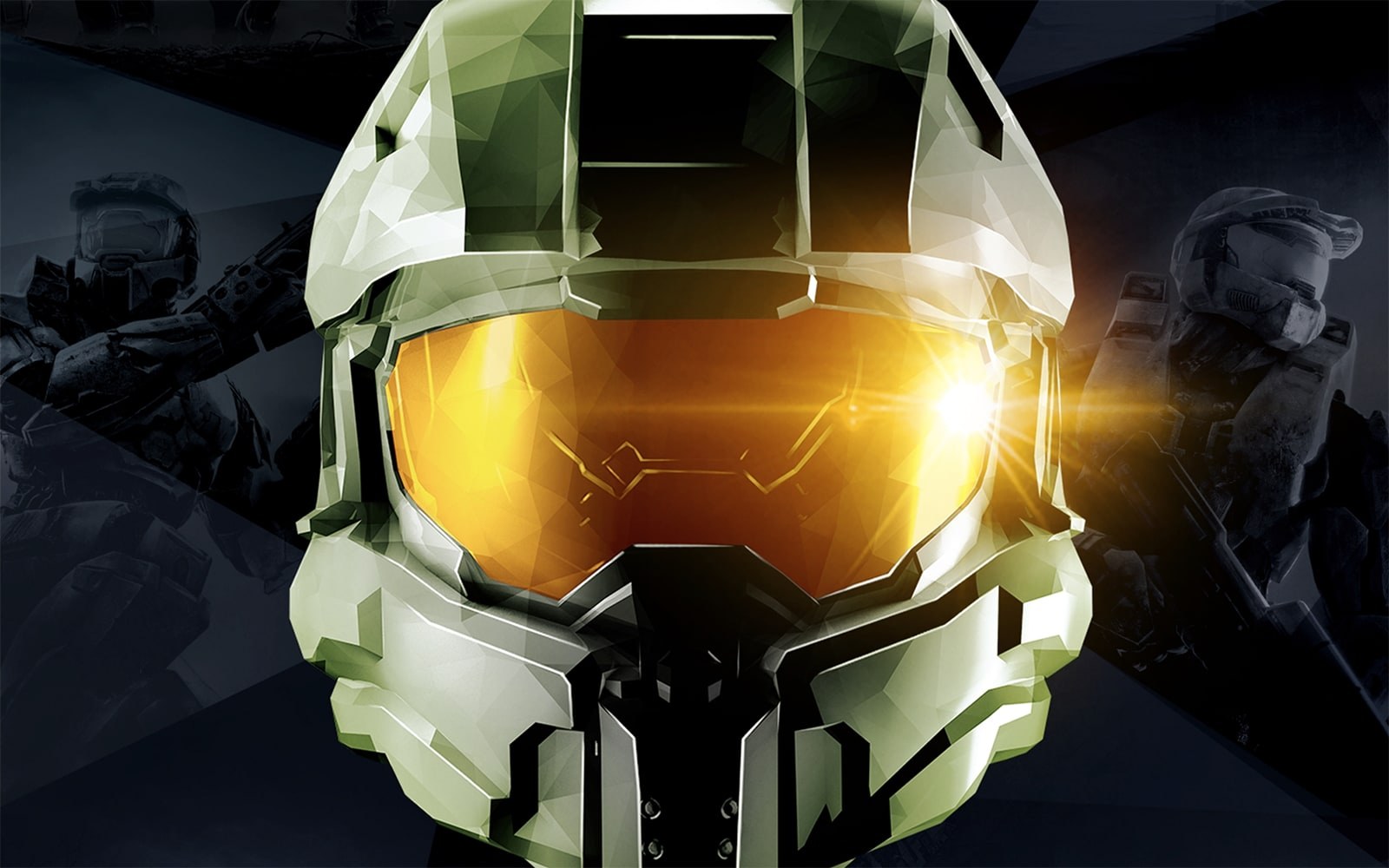
November 2021 marks the 20th anniversary of Halo: Combat Evolved. The Halo franchise contains some of my favorite video games, so I’ll be posting a few articles on Opus to mark the occasion — and to prep myself for December’s release of Halo Infinite.
With Halo Infinite’s release less than a month away (December 8 to be precise, mark your calendars), I’ve been playing through the previous Halo campaigns in preparation for the Master Chief’s next adventure. (Some people play Halo for the multi-player, but I’m only ever interested in the single-player campaigns.)
I’ve invested more time in the Halo franchise than any other video game, so I wanted to reflect on the Halo games and note where they succeed — and fail. That, and get caught up on everything the Chief’s done prior to his December arrival on Zeta Halo.
Because of that, I’m only reviewing the Master Chief-specific campaigns, which means no Halo 3: ODST, Halo: Reach, etc. And I’ll update this post with Halo Infinite’s ranking after I’ve had a chance to play through its campaign a few times. Finally, and this should really go without saying, the following contains lots of spoilers.
5) Halo 5: Guardians (2015)
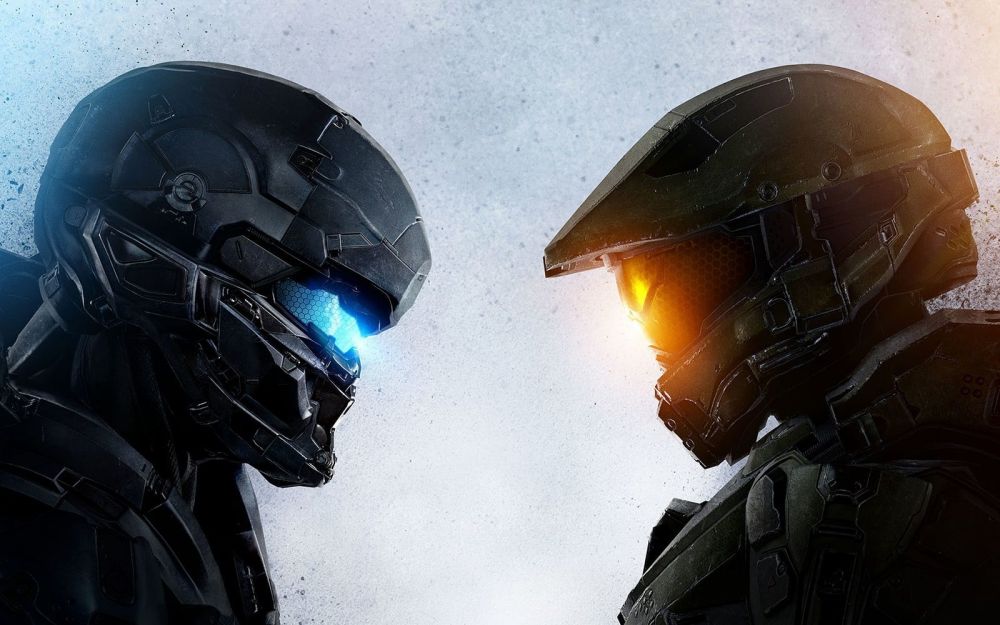
Make no mistake: Halo 5 is a lot of fun to play. The gameplay’s often fast and furious, the levels are huge, the graphics look great, and the game boasts some fun updates (e.g., weapons and equipment are highlighted so you can grab them more easily in the heat of battle, every weapon can be sighted, you can dash and smash through objects and enemies). All of these combine to make you feel like even more of an unbeatable super-soldier.
However, it just doesn’t feel like a Halo game.
It doesn’t help that Halo 5 essentially sidelines the Master Chief. Instead, you play mostly as Locke, another Spartan who’s tasked with bringing in the Master Chief after he goes AWOL upon receiving a message from the (apparently) resurrected Cortana. There’s an interesting story idea there, one that even touches on the shady dealings of ONI, the Earth military’s shadowy intelligence agency, and I applaud 343 Industries for trying something new. But Halo 5’s campaign storyline is a mess, especially when Cortana does return — not as the Chief’s trusted AI companion, but rather, as a tyrant seeking to instill peace in the galaxy with a digital fist.
This revelation should be a huge blow to the Master Chief, and we’re told it is. But because the Chief is in the background for much of the game — Locke spends as much time battling Forerunners and helping the Arbiter reclaim his home planet as he does pursuing the Chief — it never hits hard. The few scenes between the Chief and the resurrected Cortana are the game’s best because of the emotional heft, but that’s ultimately lost because of the game’s focus on Locke. As for Cortana’s endgame concerning the galaxy, it involves more Forerunner-related technobabble that’s bewildering even if you’re a Halo lore nerd. I’ll confess that by the game’s end, I don’t even really care about the storyline anymore — which sucks considering the poignancy of Halo 4’s ending.
My other issue with Halo 5 is its reliance on squad mechanics. Regardless of whether you’re playing as Locke or the Chief, you’re always accompanied by three other Spartans. This introduces some strategic elements (you can issue simple orders to your squad mates and heal each other in the midst of battle) and as an added bonus, Locke’s squad features Buck from Halo 3: ODST, voiced by fan-favorite Nathan Fillion. But the allure of Halo has always been that sense of being on your own in a vast, alien environment. That loneliness in the face of insurmountable odds, coupled with a sense of awe at the sheer immensity of this strange, new world, has always defined Halo for me. But in Halo 5, you’re never on your own, and there’s never a sense of awe about, well, anything.
Those squad mechanics, like everything else, make for a fun game — but that game just isn’t Halo.
4) Halo 2 (2004)
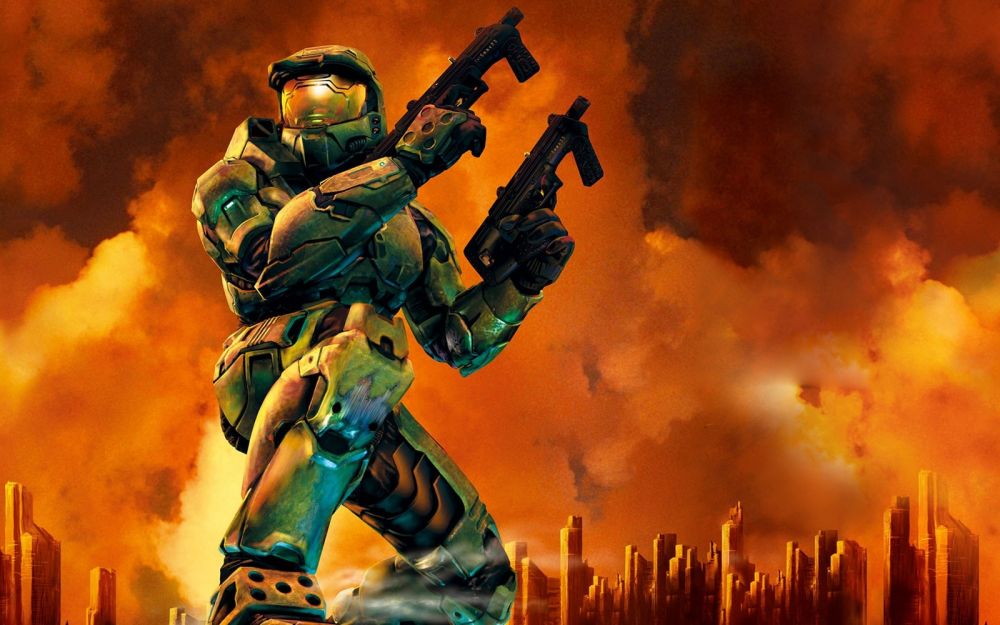
The hype surrounding Halo 2 was indescribable. Indeed, no game could’ve lived up to such massive expectations. But Bungie didn’t do themselves any favors by essentially sidelining the Master Chief for significant portions of the game. Instead, they introduced another playable character, a disgraced Elite known as the Arbiter who seeks to reclaim his honor by quelling heresy… and killing the Master Chief. The end result is a game that often feels disjointed and perfunctory, and ends on a cliffhanger that probably had many gamers hurling their controllers across the room.
Playing it again now, years later, those weaknesses are still there. But I’ve since come to appreciate its strengths. Halo 2 introduced several new game mechanics (e.g., dual wielding, hijacking enemy vehicles) that gave players new, fun ways to take out Covenant baddies. (Jumping onto a passing Ghost that’s been peppering you with plasma bursts, kicking out its pilot, and then turning around and blasting them will never not be satisfying.) Combat in Halo 2 feels fast and effortless, and puts you in a position to take down some pretty massive opponents. To that end, Halo 2 features what might be the Chief’s single greatest moment of bad-assery: destroying a Covenant starship with their own bomb.
Although it’s too short, Halo 2 features some of my favorite Halo levels. “Regret” lands the Chief and Cortana on a newly discovered Halo ring with orders to kill a Covenant leader. There’s a lot of exploration that happens, including several otherworldly underwater sequences, and even better, I get to practice my sniper skills from a variety of locations, including some floating gondolas. “Regret” also introduces the game’s other antagonist, the hideous Flood Gravemind. Later in the game, “Uprising” places the Arbiter on the trail of the Brutes that have killed his fellow Elites, and features some of my favorite sniping sections as you make your way along a riverbed taking out Brutes, Grunts, and Jackals as stealthily as possible.
Speaking of the Arbiter, he may not be as iconic as the Master Chief. However, he’s still a compelling character with a well-developed personality and character arc. (Veteran actor Keith David’s voice lends the Arbiter all of the necessary gravitas.) And his character, besides being a tragic counterpoint to the Chief, offers an interesting look at Covenant politics and society that helps expand Halo’s world.
3) Halo 4 (2012)
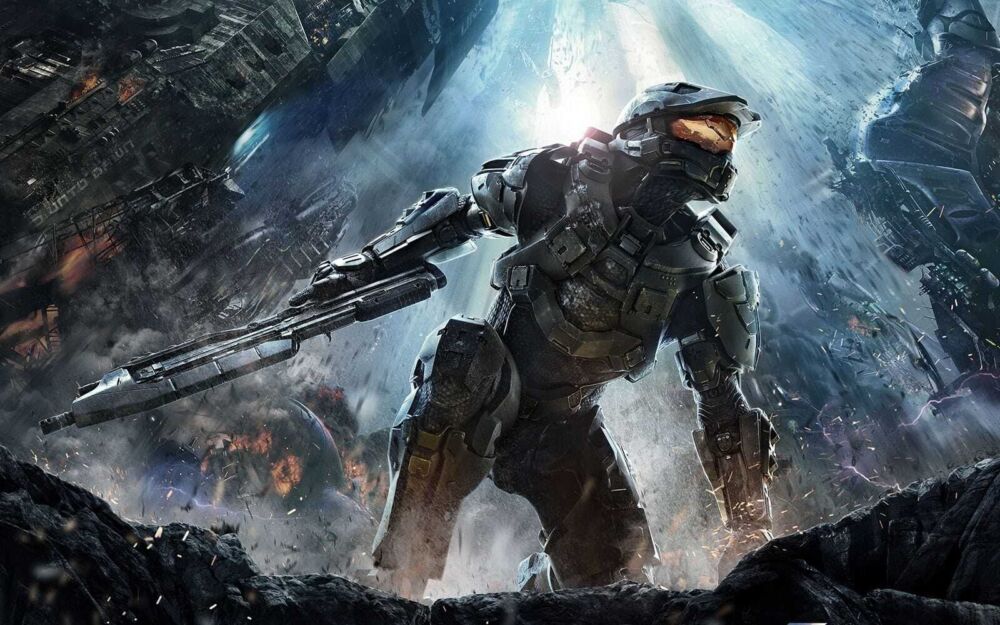
I struggle with ranking Halo 4 and Halo 2 because depending on my mood, their positions can easily switch. But I give Halo 4 the edge because A) it brings back the sense of exploration — and alienation — that made Halo: Combat Evolved so compelling, B) its graphics and visuals were a revelation on the Xbox 360, and C) it confirmed what countless shippers had long suspected, that the story of Master Chief and Cortana is ultimately a love story.
When 343 Industries took over Halo from Bungie, they decided that the Master Chief needed a new enemy after vanquishing both the Covenant and the Flood in Halo 3. And so they brought back the Forerunners, the ancient alien race who built the Halo rings in the first place. And specifically, a Forerunner general named the Didact who was imprisoned 100,000 years ago for war crimes. In order to stop the Didact from restoring the Forerunners to dominance — and basically ruling the galaxy — the Master Chief must travel all over Requiem, an artificial world filled with Forerunner technology and facilities.
Much like the first Halo, you spend large portions of Halo 4 exploring Requiem all by your lonesome, a process that becomes increasingly ominous. The Forerunner installations are all shining metal and glass, and look incredible. But there’s something cold and sterile about them that proves unsettling — especially when you must fight the Didact’s warriors, the Promethean Knights. This sense of isolation, of truly being on your own against impossible odds, is what sums up the Halo experience for me, and Halo 4 brings it back in a new way.
Halo 4 wouldn’t be quite so effective in achieving the above atmosphere if it didn’t look great. Halo 4 is easily one of the best-looking Xbox 360 games ever released, if not the best-looking. Indeed, when I first played it, I couldn’t believe that an Xbox 360 could handle visuals this good — and they still look great almost a decade later. Master Chief’s MJOLNIR armor has a cool modular design; there are a slew of new weapons; the environments are suitably impressive; and the character designs and animations are all top-notch, perhaps the best in the franchise’s history. 343 Industries pushed the Xbox 360 to its limits here, and made it sing.
Those character designs and animations reach their culmination in the game’s finale. Throughout Halo 4, the Master Chief and Cortana struggle with the latter’s growing rampancy, which makes her a liability at critical moments. The Chief adamantly refuses to give up on Cortana, insisting he can save her. But Cortana ultimately sacrifices herself to save the Chief instead, and defeat the Didact. Before the end, though, the pair share a final intimate moment that reveals the true depth of their relationship. This scene wouldn’t be nearly so affecting without the impressive character animations, not to mention Jen Taylor and Steve Downes’ subtly expressive voice acting.
Halo 4 isn’t without weaknesses, though. The introduction of the Forerunner and related revelations concerning humanity can be confusing if you’re not already up on your Halo lore. There’s a secondary villain — an incompetent officer named Andrew Del Rio who’s suspicious of the Chief and Cortana — but his character’s clichéd and underdeveloped. And finally, Halo 4 touches on the morality of the Spartan program, supposedly in an attempt to further humanize the Chief. There’s plenty that could be done with the ethical gray areas represented by the Chief and his fellow Spartans, but Halo 4’s approach feels more perfunctory than anything else. Certain scenes obviously intended to be “dramatic” and “thought-provoking” are, instead, muddled and unnecessary. They’re a noble effort to deepen the game, but ultimately feel like a lost opportunity.
2) Halo: Combat Evolved (2001)
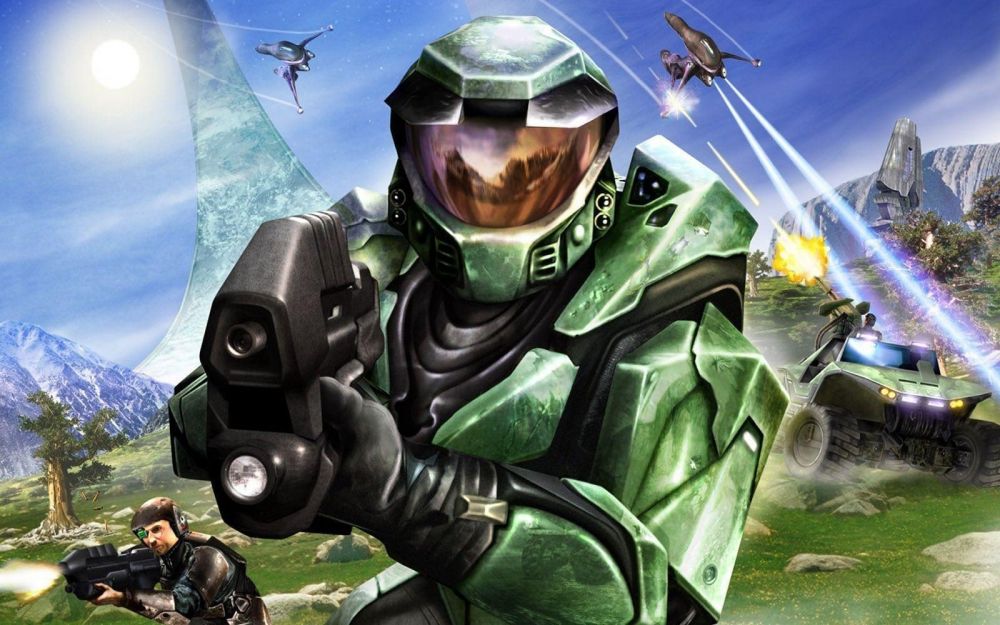
When Halo: Combat Evolved was released two decades ago, it revolutionized first-person shooters (and basically ensured the success of Microsoft’s then-fledgling Xbox console). Building on the success of their acclaimed Marathon trilogy, Bungie crafted something special, combining thrilling game mechanics with an epic storyline and intriguing worldbuilding.
While parts of it certainly look dated after two decades — I now find it difficult to play with the original graphics instead of the “Master Chief Collection“ ‘s updated ones — it’s a testament to Bungie’s skill and vision that Halo: Combat Evolved still feels so fresh to play, so long after its original release. The levels are fun as ever and the reveal of the Flood is still as terrifying as the first time you saw them swarming across the screen. The final mission, in which you must destroy your ship to stop the Flood and then race to escape the explosion, feels rather underwhelming after everything that comes beforehand — but that’s a very minor complaint.
What I appreciate most about Halo: Combat Evolved is how big it feels, and how small it makes you feel. Whether you’re making your way through vast underground complexes or exploring gigantic environments while avoiding enemy fire, the game conveys an impressive sense of scale. It truly feels like you’re all by your lonesome as humanity’s last bastion on an indescribable alien world. As a result, Halo’s campaign is often a lonely experience. But that can prove surprisingly contemplative, too — when you’re not being shot at, of course.
That makes Halo’s world an incredibly absorbing experience, and it makes your victories against the Covenant and, eventually, the Flood all the more satisfying.
1) Halo 3 (2007)
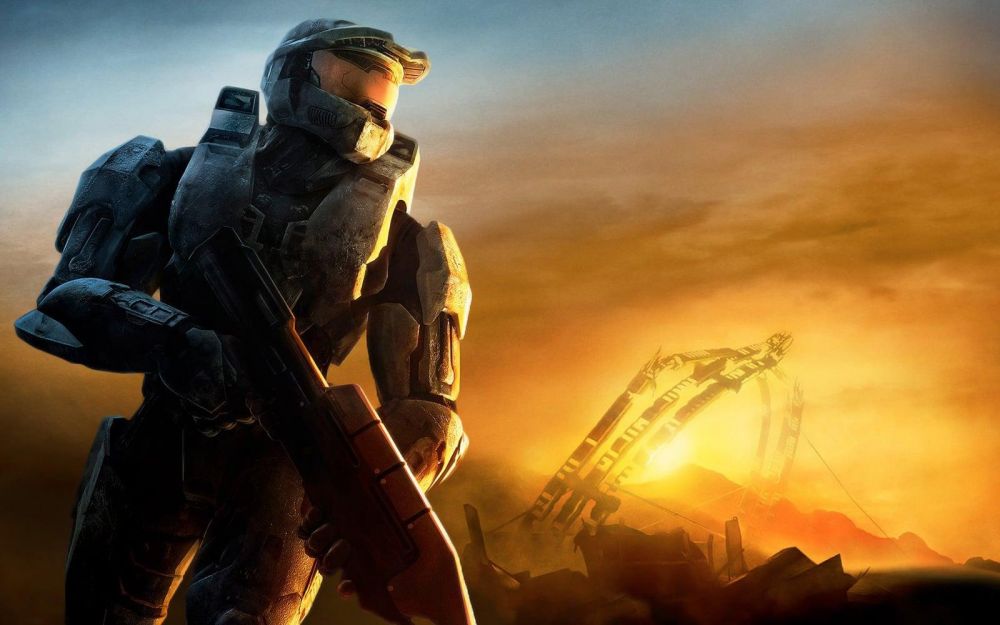
The culmination of the Master Chief’s battle against the Flood and the Covenant is the best Halo campaign, period. Sure, it retreads some material from earlier games. Blowing up High Charity (the Covenant’s capital city) by destroying its reactors is reminiscent of the final mission in Halo: Combat Evolved, as is your last-ditch escape via Warthog across a dying Halo ring. But everything about Halo 3 is bigger and better than anything that came before it — and after.
For much of Halo 3, you’re separated from Cortana, who stayed behind to confront the Flood’s Gravemind in Halo 2. Instead, you’re often paired with the Arbiter, and together, the two of you must travel beyond the galaxy to the massive Ark — the Forerunner facility that created the Halo rings in the first place — to stop the last remaining Covenant Hierarch from commencing his “Great Journey” (and subsequently wiping out all life in the galaxy). At one point, you even team up with the Flood to stop a common enemy, only for Gravemind to inevitably turn on you.
Everything about Halo 3 feels bigger and more epic, whether you’re battling the Covenant through the jungles and highways of war-torn Africa or making your way across the Ark’s vast desert landscape. (My favorite Halo weapon is the sniper rifle, and there’s nothing quite so satisfying as picking off Brutes from across those long distances.) And it contains what might be the franchise’s grossest and most disturbing mission (“Cortana”), in which the Chief must battle his way through the Flood-infested High Charity to rescue Cortana.
Halo 3 is also more tragic, with some beloved characters making the final sacrifice to stop the Covenant and the Flood. You don’t necessarily play first-person shooters for the feels, but it’s hard not to get a little choked up when the redoubtable Sergeant Major Johnson meets his fate (with a snarky quip, of course). And the game’s ending — after stopping the Covenant and the Flood, Cortana and the Chief are left adrift in a ruined spaceship with nobody to rely on except each other — distills the game into a single, poignant image.
I have only one real complaint (for lack of a better term): some of Halo 3’s graphics haven’t aged very well, especially when compared to the impressive upgrade that Halo 2 received for 2014’s “Master Chief Collection.” The visuals don’t detract from the gameplay at all, but it is a bit jarring to go from Halo 2 to Halo 3. Or, for that matter, from Halo 3 to Halo 4. Unfortunately, it doesn’t look like Halo 3 will be getting a Halo 2-like remaster any time soon, though.